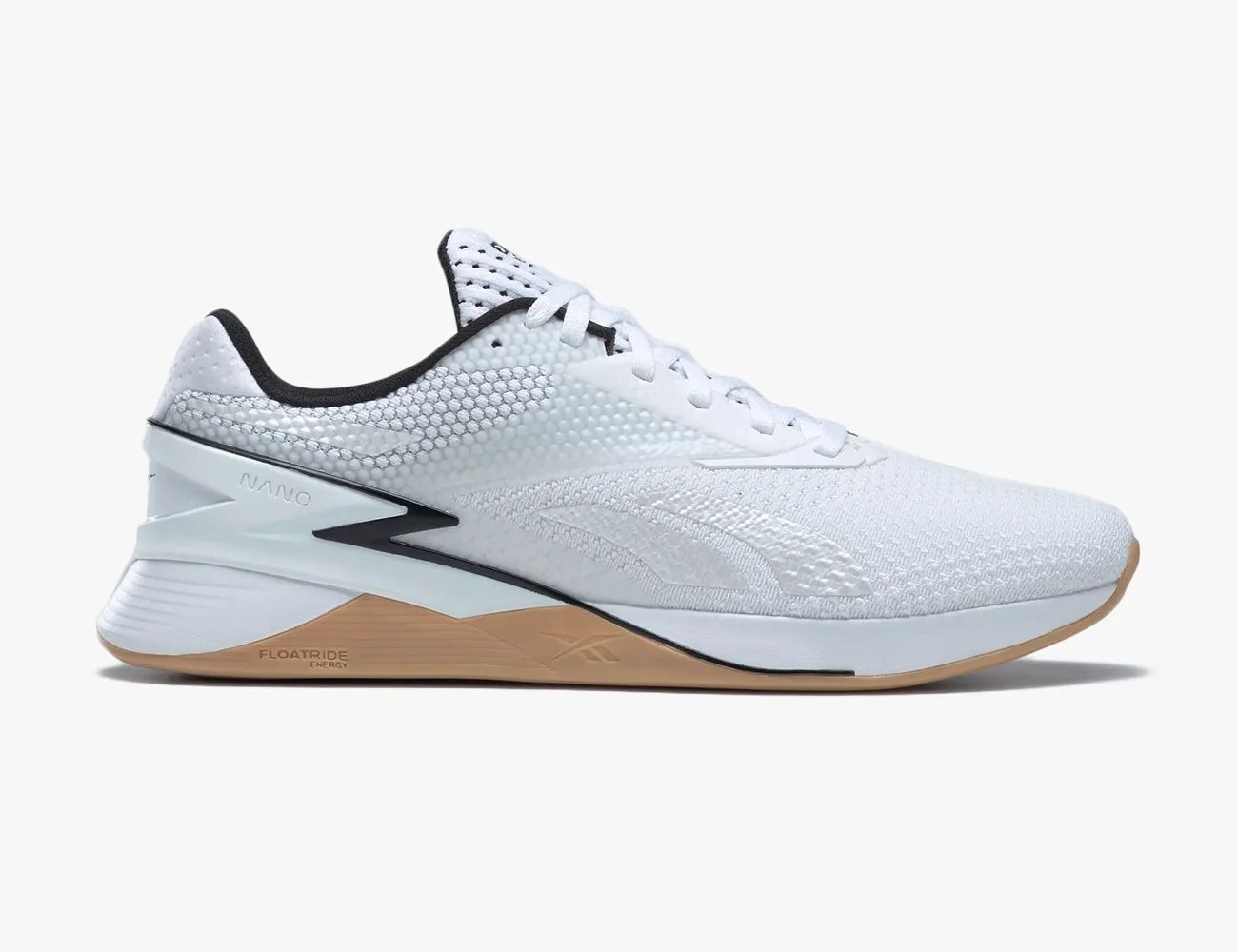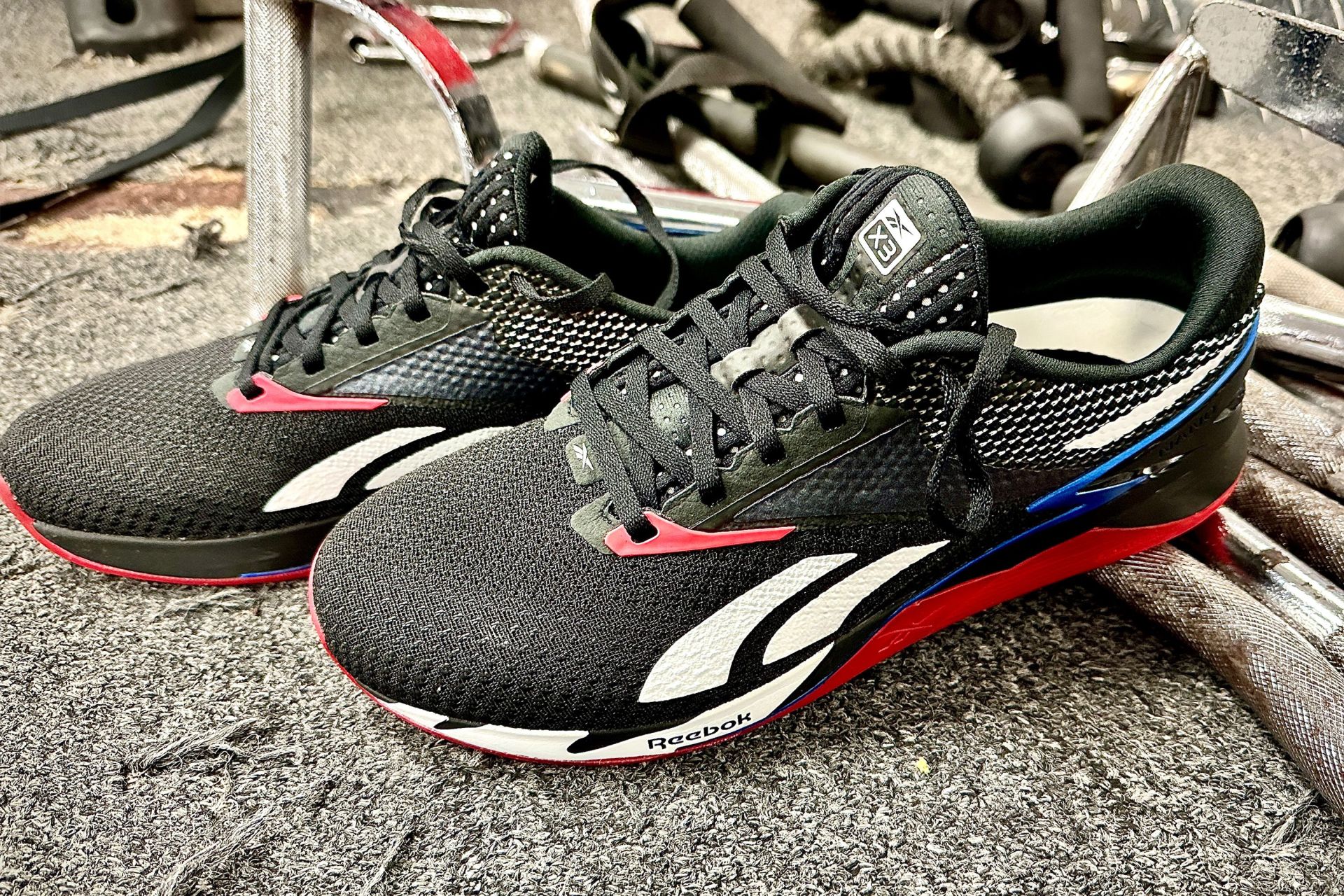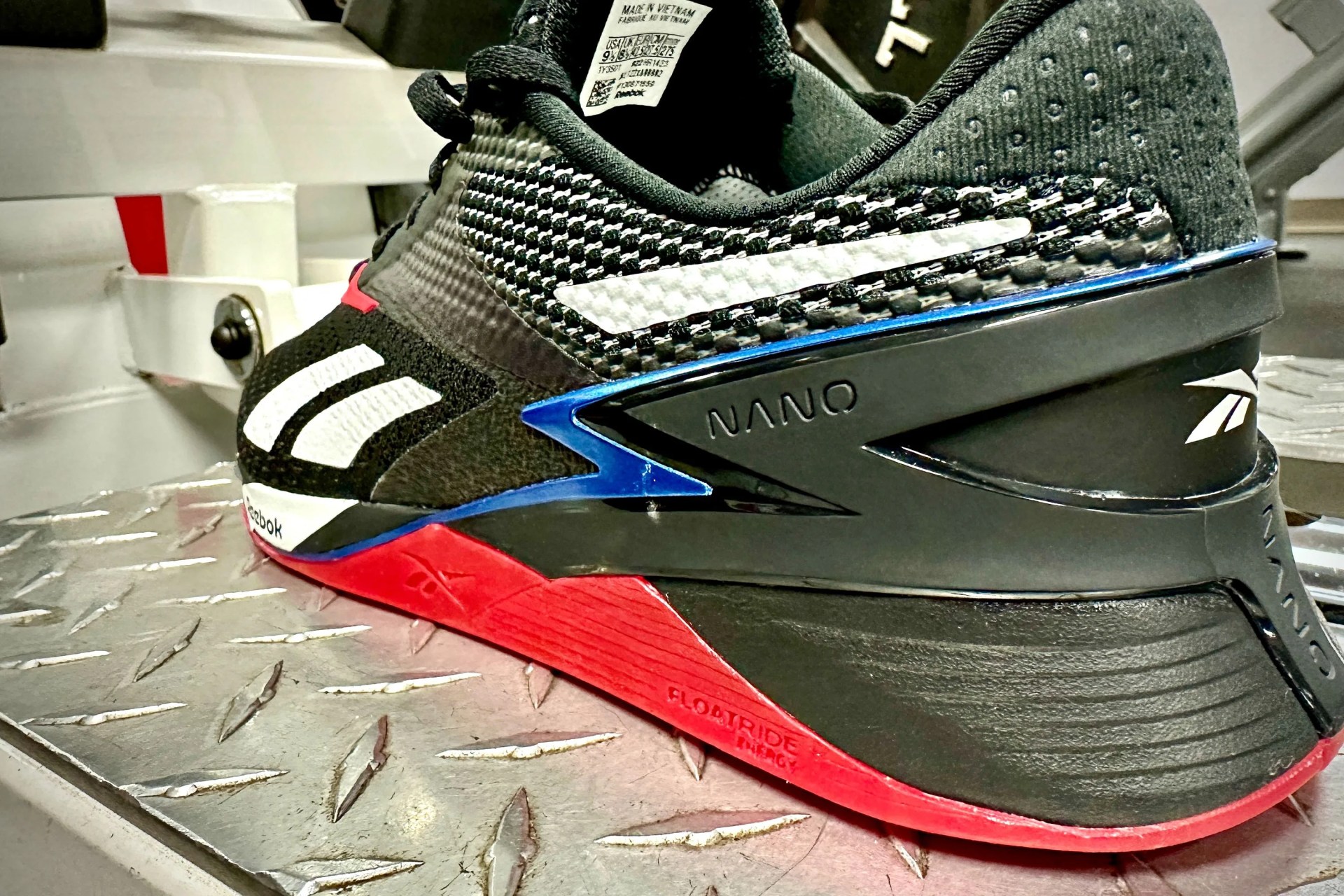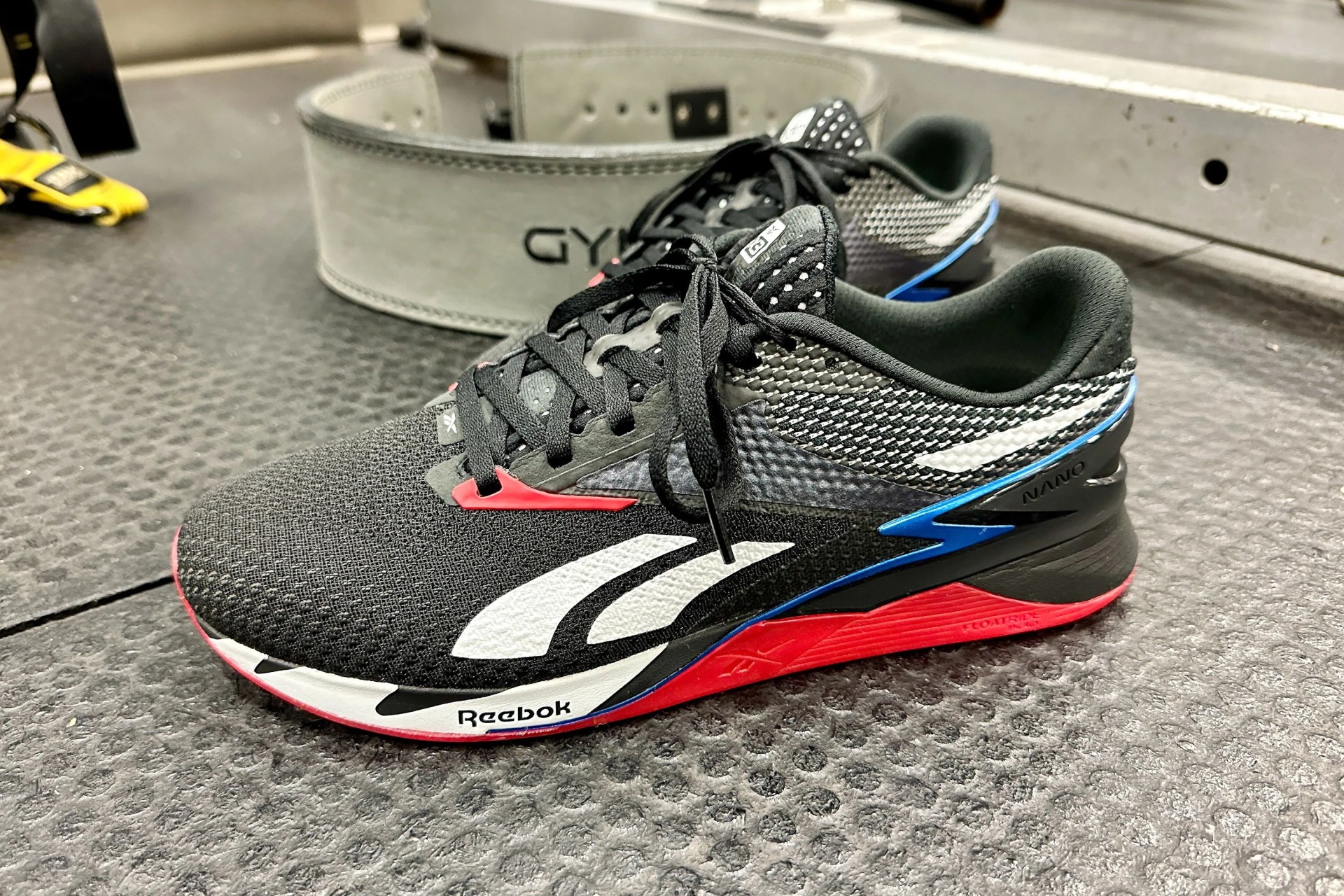Much as with our favorite cars and trucks, there’s a lot of uncertainty whenever a training shoe unveils its latest model year. Will the upgrades and revisions be worthwhile, in terms of performance? Does the new silhouette still showcase those tried and true features we’ve come to appreciate? Does the latest iteration warrant a purchase, or is last year’s model still as effective in the throws of a workout session?
The latest sneaker taking part in this eternal discussion: the Nano X3 from Reebok. Dubbed “The Official Shoe of Fitness” by its creators, the Nano lineup has made plenty of impact when it comes to the gym shoe space, with its breathable uppers, impressive midsole builds and eye-catching aesthetics helping it rank as one of fitness’s top-performing shoes.
The X3 enters the conversation here in 2023 with a reworked FlexWeave upper, updated tread pattern and all-new chassis system designed for improved versatility across multiple workout disciplines. On paper, these all seem like easy wins for Reebok. In practice, though, is the all-new profile a step in the right direction — especially when you take into consideration the success and performance of 2022’s Nano X2?
To find out if this latest Nano is worth its $140 price tag, I laced up the all-new X3s across multiple training sessions, seeing how well this profile performed in varying workouts calling for stability, responsiveness and (above all else) comfort. I also swapped the Nano X3s in and out of sessions with the aforementioned Nano X2s to get a solid side-by-side feel for how these two premium training shoes compared to one another. Here’s what you can expect from the latest Reebok offering.
 Reebok
ReebokBEST OVERALL CROSSFIT SHOE
Reebok Nano X3
Pros
- Lift and Run Chassis System brings unprecedented versatility to this trainer profile
- More rigid FlexWeave upper enhances fit and durability
Cons
- Higher heel-to-toe drop may not suit some preferences in the gym
- Some athletes can experience some heel slippage at first






